
It was a disorienting Labor Day weekend for NASA’s thousands of employees. President Trump, on August 28, signed an executive order exempting the agency from federal labor-management protections, abruptly revoking collective bargaining rights for more than half of NASA’s civil servant workers. The action, defended in the name of “national security,” comes as the agency confronts historic budget reductions and a cascade of facility shutdowns and personnel losses that engineers, scientists, and technicians aver are weakening the pillars of American space leadership.

1. The Executive Order and Its Legal Reach
The order amends EO 12171 to place NASA among agencies excluded from Chapter 71 of Title 5, which governs federal employees’ rights to organize and negotiate workplace conditions. Other newly added entities include NOAA’s satellite and weather divisions and hydropower units within the Bureau of Reclamation. Mark Gaston Pearce, the previous chair of the National Labor Relations Board, challenged the reach The question is what is a national security concern to the point where the president can deny employees their rights to collective bargaining? Oversight agencies like the Merit Systems Protection Board and the Federal Labor Relations Authority usually a check on executive excess are essentially disabled through vacancies with no independent forum to hear controversies.

2. The National Security Exemption Expanded
Federal law permits presidents to withdraw union rights from agencies that have primary national security missions, though it has been used sparingly in the past. The Trump administration has used it widely, directing it against more than 30 agencies, ranging from the Environmental Protection Agency to the U.S. Agency for Global Media. Criticisms mention the unequal implementation law enforcement agencies favorable to the administration keep their bargaining rights intact, while scientific and technical agencies have them stripped away.
The administration claims that union negotiations relating to performance and working conditions can interfere with mission-critical activities.
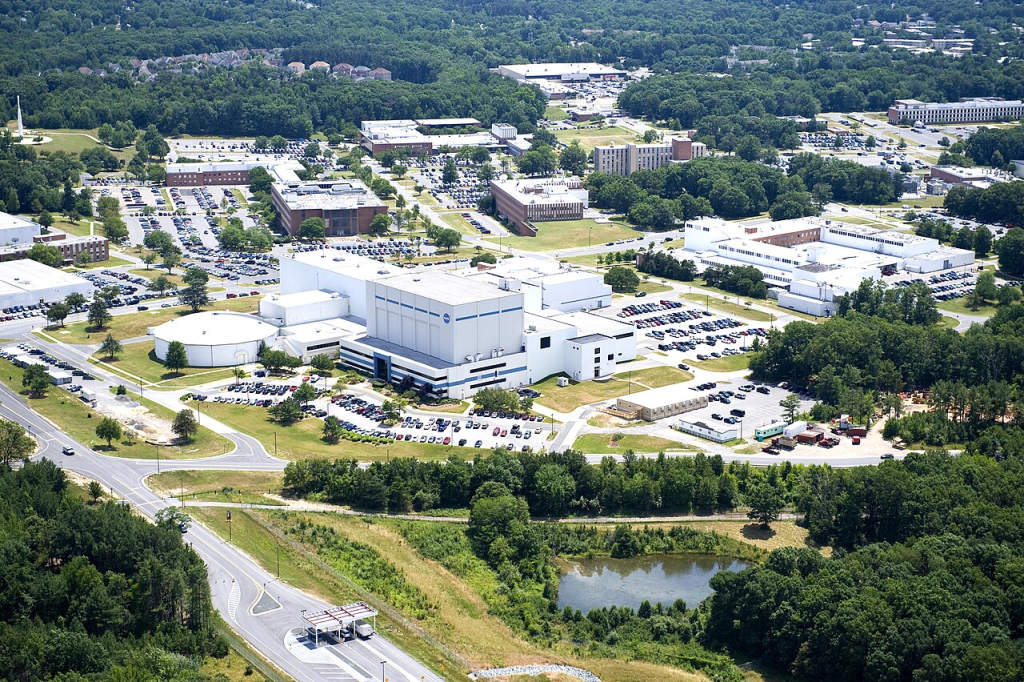
3. Impact on NASA’s Workforce
Prior to the order, about 53% of the civil servants at NASA were in bargaining units. Those contracts covered not only grievance processes but also technical workplace issues such as office assignments, remote work policies, and safety procedures for dangerous environments. At Goddard Space Flight Center, the Goddard Engineers, Scientists and Technicians Association (GESTA) is no longer legally allowed to represent employees as the center undergoes program reductions, health unit closures, and the closing of its public visitor center.
Loss of the cafeteria replaced by three undersized food trucks has even interfered with casual cross-team exchange of knowledge during lunch hours.
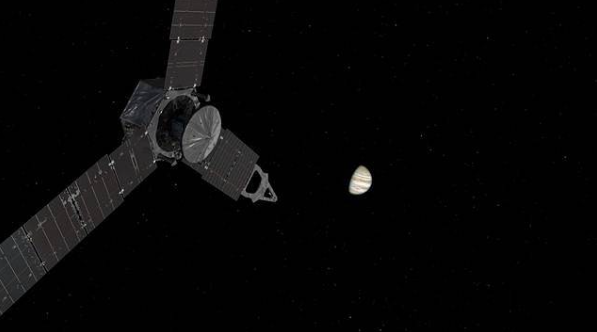
4. Budget Cuts of Unprecedented Scale
The FY 2026 budget request requests a 24% decrease in NASA’s topline spending, from $24.8 billion to $18.8 billion, and a 47% decrease in Science Mission Directorate. This consists of a 66% decrease in Astrophysics, a 46% decrease in Heliophysics, and a 32% decrease in Planetary Science, according to agency budget materials. Over 40 missions would be defunded, such as flying spacecraft like Juno and Mars orbiters, even though they are still returning data.
The reductions would also cancel NASA’s Office of STEM Engagement, killing programs that tie space science to schools and the general public.
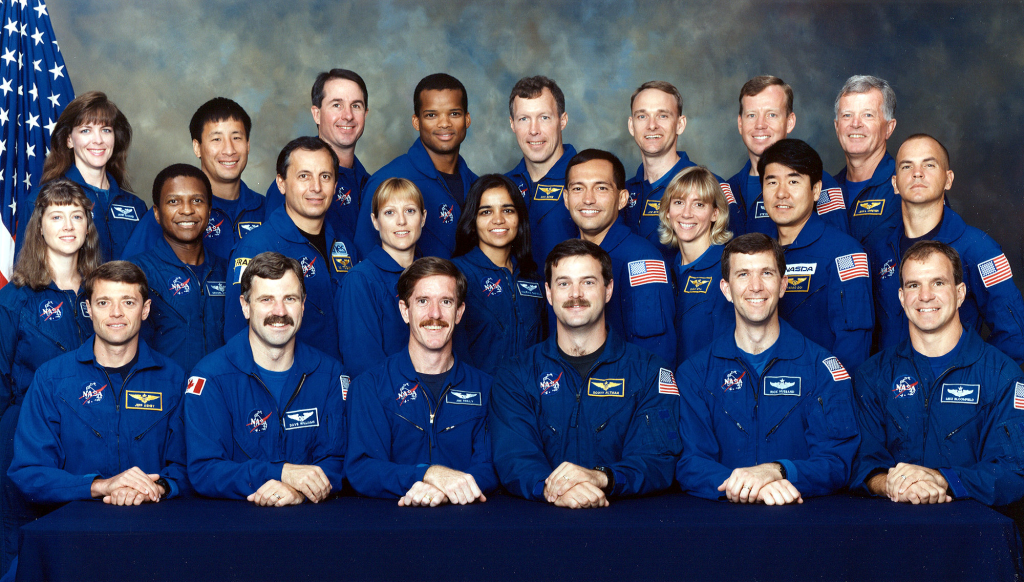
5. Reductions in the Workforce and the Deferred Resignation Program
At the same time that the budgets were being reduced, the administration’s Deferred Resignation Program (DRP) has caused close to 4,000 NASA workers to leave roughly 20% of the staff. These are highly trained GS-15 engineers and scientists who specialize in spacecraft systems, planetary geology, and mission operations, skills not easily replicated. Both parties’ congressional staffers have expressed alarm that even if money is restored, the agency could be without the people to carry out its missions.
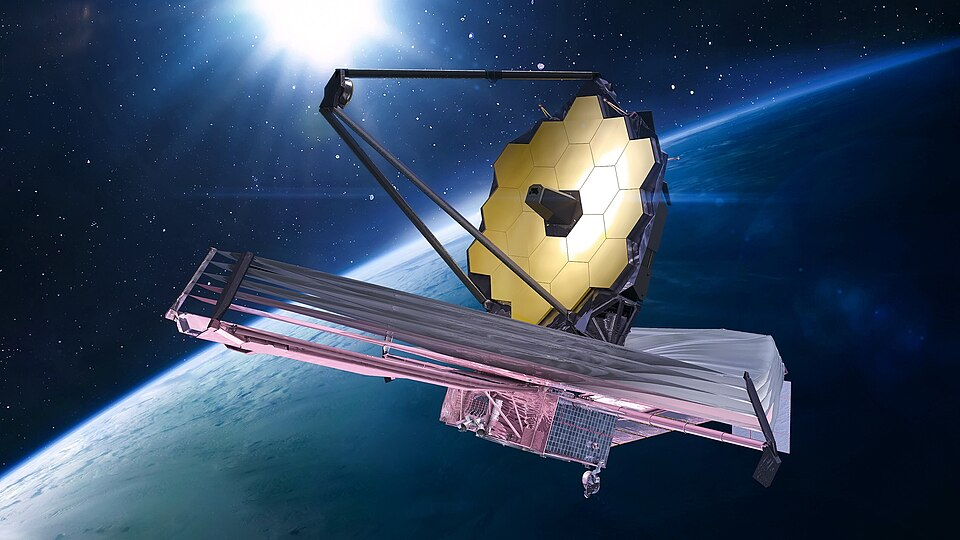
6. Technical Risks Due to Talent Loss
The departures pose a risk of mission continuity. For instance, the health unit staff at Goddard, which has been trained in tracking chemical exposure risks specific to spacecraft assembly and testing, could be lost. Program managers caution that knowledge shortages in such areas as cryogenic systems for the James Webb Space Telescope or deep-space navigation for the Europa Clipper risk slowing schedules and increasing costs.
The NASA Voyager Statement, which was signed by more than 300 current and former employees, cautions that “non-strategic staffing reductions will jeopardize NASA’s core mission” and undermine safety oversight systems built after the Columbia disaster.
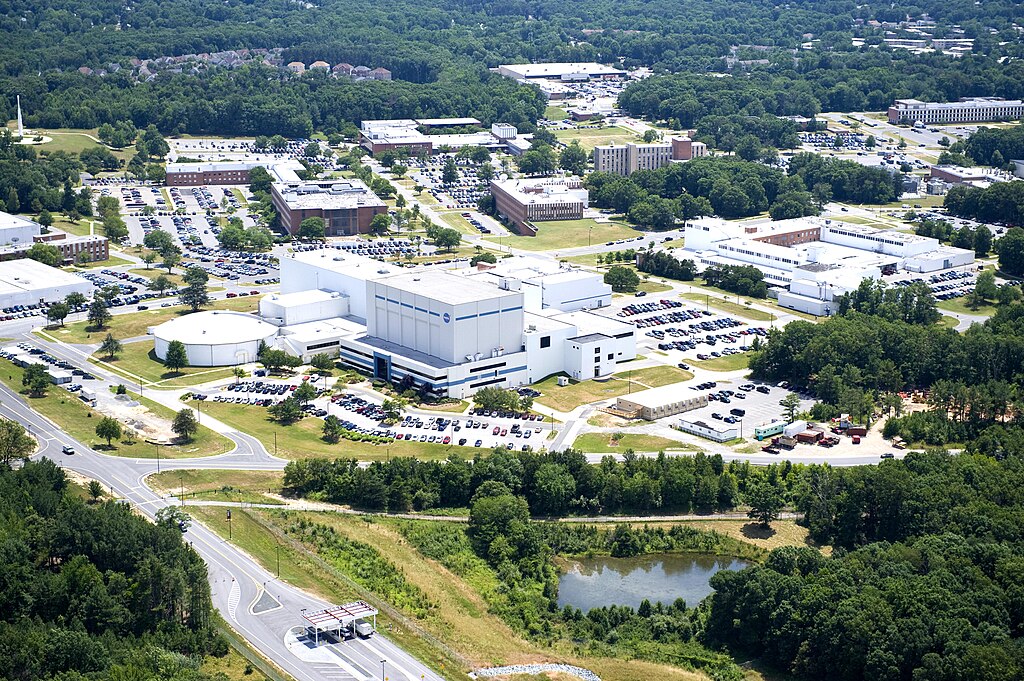
7. Facility Closures and Outreach Losses
Closure of the Goddard Visitor Center cuts a vital connection between NASA and the people, denying more chances to foster the next generation of scientists. Outreach activities, already strained by budget reductions, are further impaired without union representatives to oppose closings. The same cuts are being proposed for fitness and health centers, which provide occupational readiness for employees dealing with dangerous materials and stressful mission operations.

8. Litigation and Limited Recourse
It is true that unions have sued to challenge executive orders, but appellate courts have permitted enforcement to continue pending litigation. Pearce is quick to observe that “federal employees cannot strike they can leaflet, and they can litigate,” yet lawsuits are expensive and time-consuming, providing little speedy relief from harm. With the Federal Service Impasses Panel empty, contract terms disputes will go unresolved.
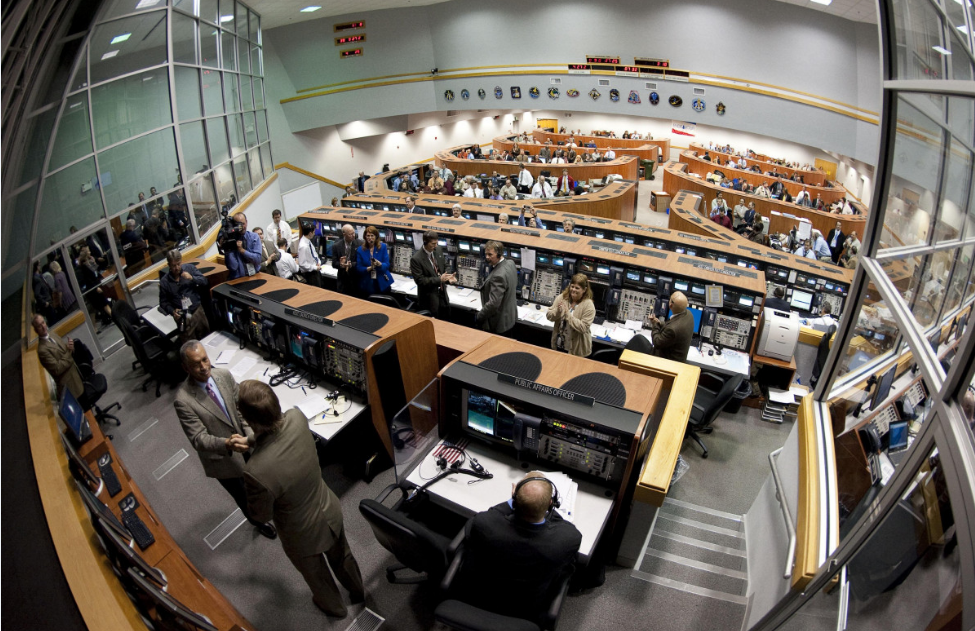
9. Organizational Resilience Under Pressure
NASA’s case highlights the vulnerability of large technical organizations to concurrent political, budgetary, and personnel pressures. Resilience measures like cross-training, knowledge capture, and distributed mission operations are hard to undertake in the midst of fast-paced depletion and the elimination of cooperative governance vehicles. Without the two-way labor-management arrangement, workers have fewer means of raising technical or safety issues prior to their being blown into mission failures. As Congress considers restoring NASA’s budget, the agency’s capacity to absorb funding and convert it into mission success is already impaired. The erosion of union protections eliminates a key mechanism for preserving the workforce stability and technical integrity that space exploration requires.


